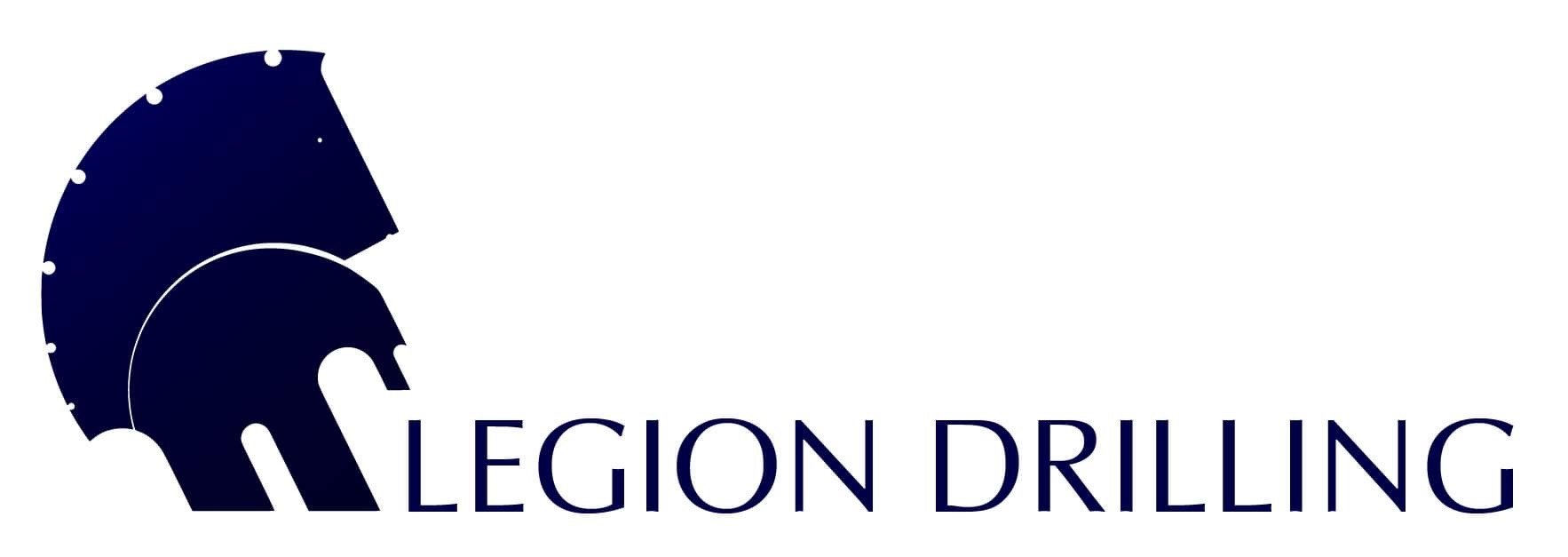Seismic DMT-CPT for In-Situ Testing in Geotechnical and Tailings Investigations
Legion Drilling invited Eng. Diego Marchetti (Studio Prof. Marchetti) to present a webinar on in-situ testing using direct-push seismic testing techniques (SCPTu-SDMT) for all our geotechnical and mining clients. Diego Marchetti shared his vast experience on measuring compression and shear wave velocity values to complement the geotechnical parameters obtained through Cone Penetration Testing (CPT) or Flat Dilatometer Test (DMT) during investigations in tailings storage facilities (TSFs) and other geotechnical projects. Seismic CPT is part of Legion Drilling’s long list of drilling and in-situ testing capabilities, including CPT, DMT, sonic drilling, diamond coring, service location or in-situ remediation, among many others. Legion Drilling provides Seismic CPT services Australia-wide from our depots in Sydney, Brisbane and Townsville.
Direct-Push Seismic Testing, Geotechnical and Tailings Investigations, In-Situ Testing, Marchetti’s Flat Dilatometer Test (DMT), Seismic CPT (SCPTu)
Seismic DMT-CPT
Diego Marchetti began by emphasising the growing popularity of seismic measurements in CPT and DMT due to their cost-effectiveness. In his experience, integrating seismic measurements incurs only a modest increase in setup time (10-40%), making it a pragmatic choice. The webinar sheds light on the practical combination of the SDMT seismic add-on with CPT and DMT technologies.
The presentation highlighted the significance of shear wave generation in obtaining quality results. Attendees gained insights into the SDMT's geometry and shear wave generation, crucial factors for the quality and efficiency of seismic tests. Various shear wave sources were presented, ranging from pendulum hammers to automatic hammers. The speaker emphasised the need to remove any pavement or obstacles from the testing site before conducting any seismic tests.
The webinar also covered the importance of proper shear wave source and seismic sensor orientation and placement. Diego Marchetti defended that the shear beam should be placed as close as possible to the rods without creating a contact. The orientation of the shear wave sensors is crucial to capture the desired shear wave motion accurately.
Diego Marchetti also discussed data processing features and the software used for analysing the recorded seismograms. The three-step processing procedure involves filtering, windowing, and rephasing the signals to focus on the main shear wave. The importance of accepting shear wave velocity measurements based on both visual inspection and numerical criteria, such as repeatability and variation coefficient, was emphasised.
Practical Examples
Throughout the webinar, practical examples were provided, showcasing DMT applications in different soil types and depths. These included real-world examples, such as the successful use of a smaller penetrometer in a tailings dam in Poland. Diego Marchetti demonstrated the versatility and reliability of Seismic DMT in providing valuable subsurface information for geotechnical investigations.
In summary, the webinar on direct-push seismic testing provided a comprehensive overview of the equipment setup, shear wave generation, sensor orientation, data processing, and practical applications of seismic CPT and seismic DMT in ground investigations. The emphasis on repeatability, accurate shear wave generation, and proper equipment configuration underscored the importance of using direct-push seismic testing as a reliable tool for geotechnical assessments in various soil conditions.
Legion Drilling employs Marchetti's SPDMT system for Seismic Cone Penetration Testing (SCPT) and Seismic Cone Penetration Testing with pore pressure measurement (SCPTu), providing a comprehensive assessment of soil properties. This system goes beyond traditional CPTu parameters by adding the measurement of compression and shear wave velocities (Vp, Vs). The wave velocities are measured at regular intervals, typically 0.5 or 1 meter, and shear wave velocity can be calculated in real-time, thanks to the dual array SCPTu system's true-time configuration.
In situations where formations are non-penetrable, shear wave velocity values can still be obtained through backfilled boreholes. Legion Drilling's Seismic CPT system offers several notable advantages:
Comprehensive Data Collection: The system allows for the collection of CPTu parameters in addition to compression and shear wave velocities, offering a more thorough understanding of subsurface conditions.
Real-Time Calculations: The true-time interval method enables the real-time calculation of shear wave velocity, providing immediate insights during testing.
Assessment of Soil Behaviour: The system facilitates the assessment of soil behaviour, taking into account factors such as age and cementation effects, which is particularly valuable for soils not covered by traditional geotechnical correlations.
Estimation of Stiffness Parameters: Legion Drilling's Seismic CPT system enhances the estimation of stiffness parameters, including Young’s modulus, shear modulus, and small strain shear modulus (E, G, and G0).
Additional Parameter Estimation: Beyond wave velocities, the Seismic CPT system allows for the estimation of various parameters such as undrained shear strength, soil unit weight, void ratio, and peak friction angle. These estimations can be correlated to those obtained with other methods like direct-push electrical vane shear testing.
Identification of Water-Saturated Intervals: Compression wave velocities (Vp) measurements enable the identification of water-saturated intervals, contributing to a more comprehensive understanding of subsurface conditions. However, it should be noted that the presence of entrapped gases in saturated intervals might result in Vp readings similar to those obtained under unsaturated conditions. There might also be materials presenting a relatively high degree of saturation and practically exhibiting undrained behaviour that the Vp readings could fail to detect.
Versatile Applications: The system is operable on light track-mounted machines, making it suitable for challenging access locations. This versatility extends to a range of applications, including foundation design, liquefaction evaluations, earthquake engineering, monitoring water conditions in Tailings Storage Facilities, and estimating stress-strain relations for numerical modelling.
In addition, the use of Geoprobe rigs offers further benefits, including the ability to access almost any location with small track-mounted machines. The system can utilise augers and rotary air for predrilling through ballast and fill, and it can case SCPTu locations with the same machine. This efficiency extends to the complete installation of other geotechnical instruments with the same rig, resulting in cost savings.
Legion Drilling's Seismic CPT system, incorporating the SPDMT add-on, represents a cutting-edge solution for geotechnical investigations, providing a comprehensive suite of data for informed decision-making in various engineering and geotechnical design applications.
Check out other technical webinars organised by Legion Drilling here:
https://www.legiondrilling.com.au/characterisation-remediation-webinars-training
